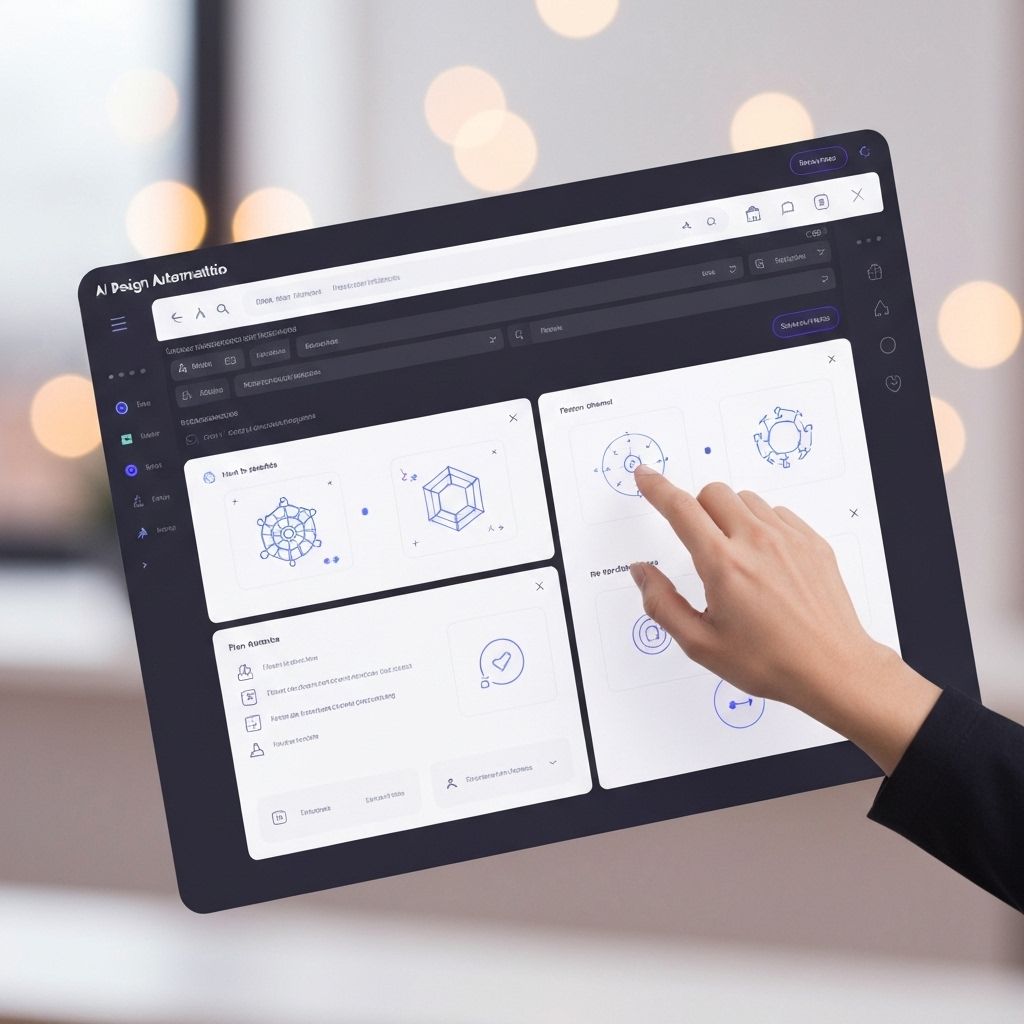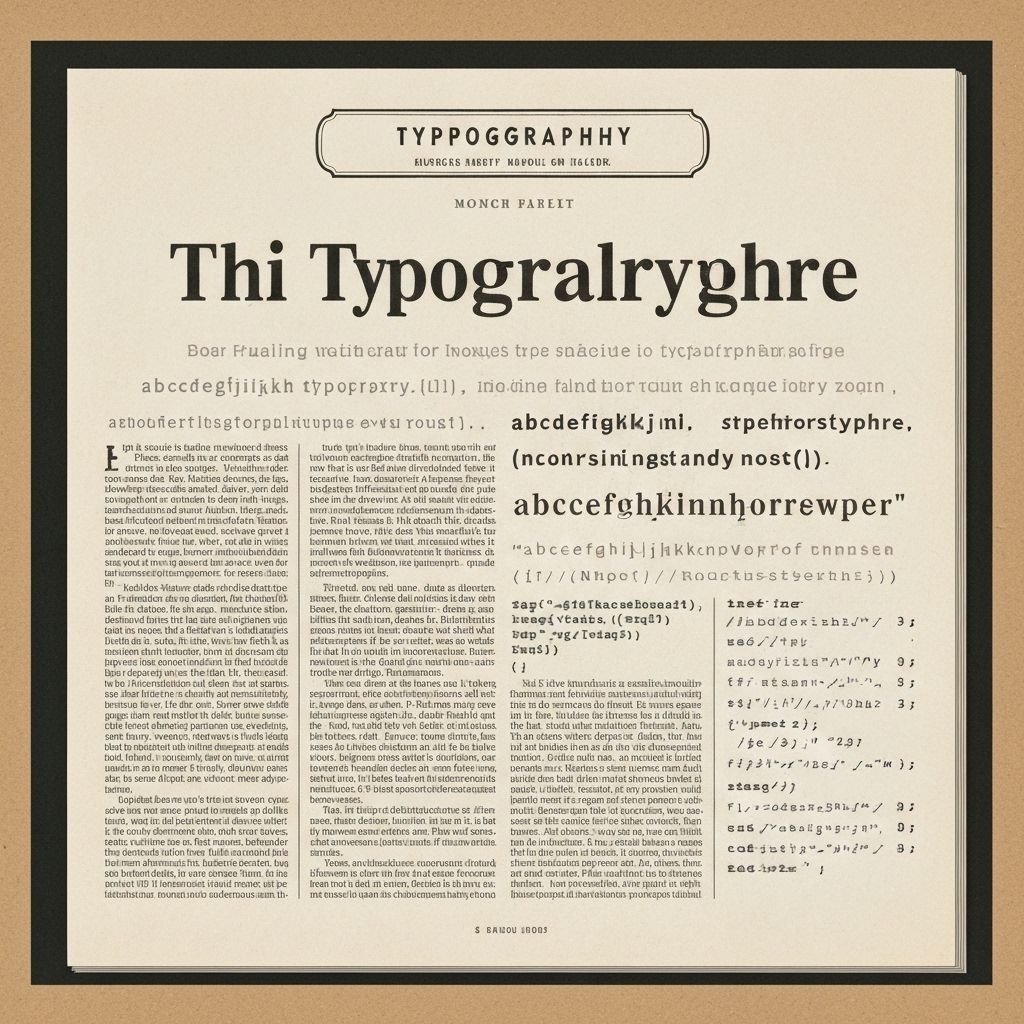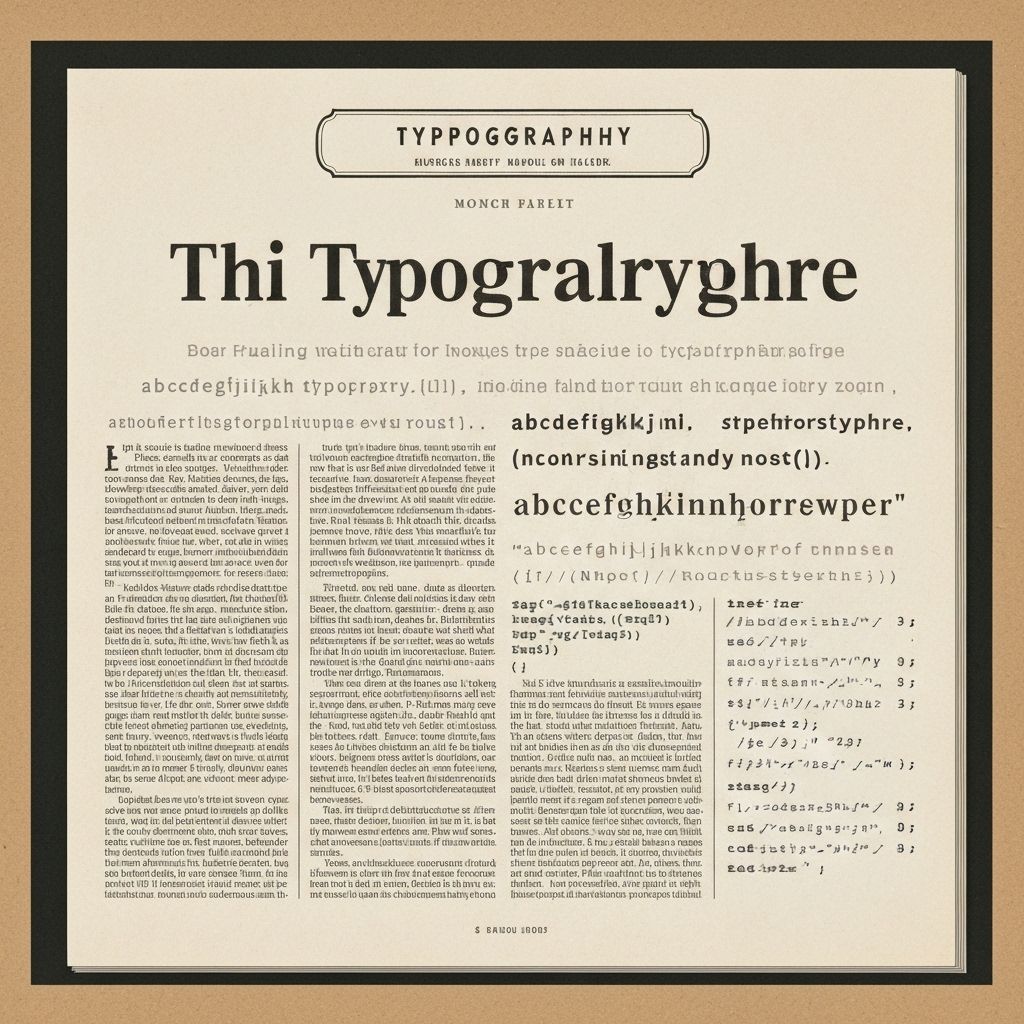How AI is Revolutionizing Design Automation

Artificial intelligence is transforming design in ways that seemed like science fiction just a few years ago. From generating color palettes to creating entire layouts, AI is becoming an indispensable tool in the designer's toolkit. But this isn't about AI replacing designers—it's about augmenting human creativity and automating the tedious parts of design work so creatives can focus on what they do best: solving problems and telling stories.
The Current State of AI in Design
AI design tools have evolved far beyond simple filters and effects. Today's AI can analyze design trends, understand brand guidelines, generate variations, and even predict which designs will perform best with specific audiences. These systems learn from millions of design examples, identifying patterns and principles that even experienced designers might not consciously recognize.
The most exciting applications aren't about AI doing design independently—they're about AI collaborating with human designers. Think of AI as an incredibly fast, tireless assistant that can generate dozens of layout options, suggest color combinations, or resize designs for multiple platforms in seconds. The designer still makes the creative decisions, but AI handles the execution and iteration.
Practical Applications of AI in Design Workflows
- Automated Layout Generation: AI can create multiple layout variations based on content and design principles, giving designers a starting point rather than a blank canvas.
- Intelligent Color Selection: Machine learning models trained on successful designs can suggest color palettes that work together and match your brand or mood.
- Smart Asset Organization: AI can automatically tag, categorize, and search design assets, making it easy to find that perfect photo or icon from thousands of files.
- Responsive Design Automation: AI can adapt designs across different screen sizes and formats while maintaining visual hierarchy and brand consistency.
- Accessibility Checking: Automated tools can identify contrast issues, suggest alt text, and ensure designs meet accessibility standards.
The Designer's Role in an AI-Powered World
Some designers worry that AI will make their skills obsolete. The reality is quite different. AI excels at pattern recognition and repetitive tasks, but it lacks the human understanding of context, emotion, and cultural nuance that makes design truly effective. AI can generate a hundred logo variations, but it can't understand why one resonates with a specific audience or tells a brand's story better than another.
The most successful designers are those who embrace AI as a tool rather than viewing it as a threat. They use AI to handle the mechanical aspects of design—resizing, reformatting, generating variations—while focusing their own energy on strategy, creativity, and the human elements that AI can't replicate. This partnership between human creativity and machine efficiency is where the real magic happens.
Challenges and Limitations
AI design tools aren't perfect. They can perpetuate biases present in their training data, generate designs that feel generic or derivative, and struggle with truly novel or unconventional concepts. AI works best within established patterns and conventions—it's not great at breaking rules or creating entirely new design paradigms.
There's also the question of originality and copyright. When AI generates a design based on millions of existing examples, who owns that design? What happens when AI-generated work closely resembles existing designs? These legal and ethical questions are still being worked out, and designers need to be aware of the implications.
The Future of AI-Assisted Design
Looking ahead, AI design tools will become more sophisticated and intuitive. We're moving toward systems that understand natural language instructions, learn individual designer preferences, and provide real-time feedback and suggestions. Imagine describing a design concept in plain English and having AI generate multiple interpretations, which you then refine and perfect.
The goal isn't to replace human designers but to democratize design skills and make professional-quality design accessible to more people. At the same time, AI will free professional designers from tedious tasks, allowing them to take on more ambitious projects and focus on the strategic, creative aspects of their work that truly require human insight.
AI is revolutionizing design automation, but it's not replacing designers—it's empowering them. The designers who thrive in this new landscape will be those who understand both the capabilities and limitations of AI, using it strategically to enhance their work rather than relying on it blindly. The future of design isn't human versus machine; it's human and machine working together to create better, more effective, more accessible design.
About Dr. Emily Watson
Design Technology Researcher and AI Innovation Specialist


